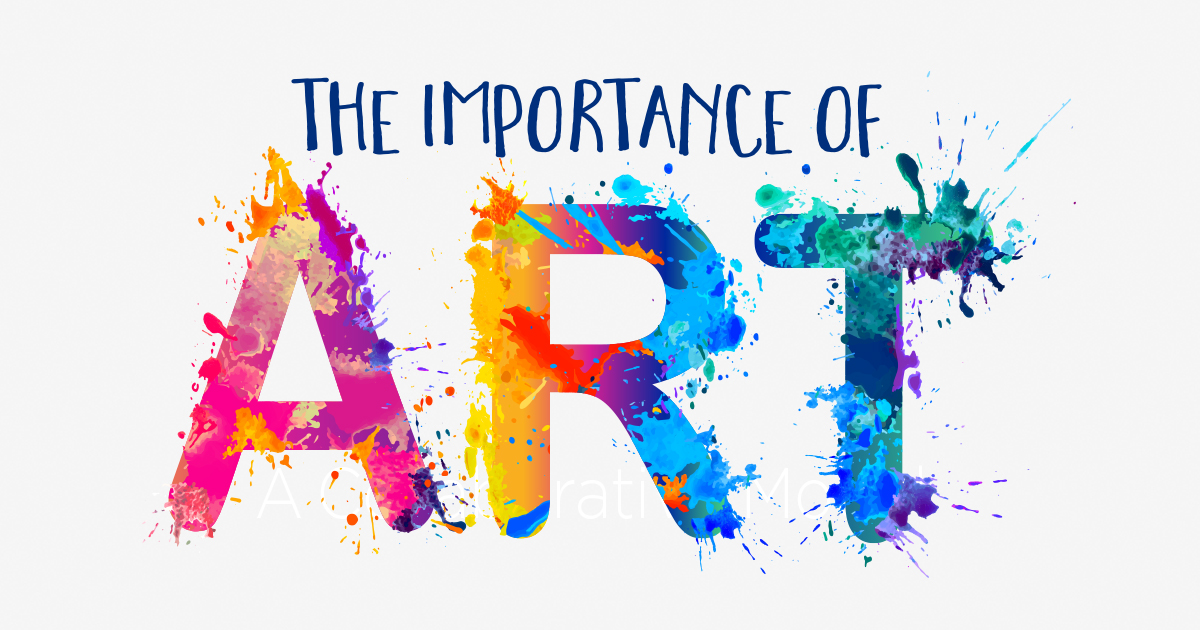Looking Into the Diverse World of Artistic Expression: From Surrealism to Abstract Realistic Look
In the world of imaginative expression, from the dreamlike landscapes of surrealism to the detailed play of light and type in abstract realism, musicians have actually continuously pressed the limits of creative thinking and creativity. Each activity holds a special lens where the world is seen and analyzed, providing a glance right into the midsts of human emotion, perception, and believed. As we check out the multifaceted globe of art, we exist with a tapestry of styles, strategies, and ideologies that test our understanding and provoke contemplation. The trip with these varied forms of imaginative expression guarantees to untangle a rich tapestry of aesthetic narration and intellectual inquiry that mesmerizes the mind and stirs the heart.
Surrealism: Unleashing the Subconscious
Surrealism, an avant-garde creative motion of the 20th century, explored the midsts of the subconscious, unveiling a globe of dream-like images and unusual juxtapositions. Spearheaded by musicians like Salvador Dali, René Magritte, and Joan Miró, Surrealism looked for to challenge the traditional means of seeing and recognizing art. Via strategies such as automatism and desire evaluation, Surrealist musicians aimed to use the unconscious mind to disclose covert realities and desires.
Among the crucial elements of Surrealism was the emphasis on the unreasonable and the incredible. By integrating unanticipated aspects in their works, Surrealist artists intended to develop a feeling of disorientation and shock in the audience. This disturbance of logic and factor was indicated to prompt a deeper exploration of the subconscious and the mysteries of the human mind.
Abstract Realism: Redefining Understanding
Testing typical artistic limits, Abstract Realistic look redefines understanding via the fusion of well-known elements with abstract types. This ingenious strategy to art combines the representational accuracy of realism with the imaginative liberty of abstraction, offering viewers an unique visual experience that prompts them to question their assumption of fact.
In Abstract Realism, musicians make every effort to capture the essence of their subjects while additionally instilling their collaborate with a feeling of depth and intricacy with abstract components. By blending the familiar with the unfamiliar, these artists invite audiences to engage with their items on multiple degrees, urging them to check out the subtleties of shade, type, and texture.

Cubism: Fragmentizing Fact
Using geometric types and fragmented viewpoints, Cubism reinvented the creative depiction of fact in the very early 20th century. This strategy not just deconstructed fact but also highlighted the monotony of the canvas, leading the means for future abstract art activities.

Cubism can be categorized into two primary stages: Analytical Cubism, characterized by single shade systems and detailed, fragmented kinds; and Artificial Cubism, which included collection aspects and brighter colors into the compositions. Through these distinctive stages, Cubism affected not only painting however also style, architecture, and sculpture. trump art. Its effect reverberated throughout the art globe, motivating artists to explore brand-new methods of standing for the world and interpreting around them
Expressionism: Feelings on Canvas
Exploring the midsts of human feelings with vibrant and meaningful brushstrokes, Expressionism arised as a profound imaginative movement in the very early 20th century. Unlike previous art movements that concentrated on illustrating the outside world, Expressionism explored the inner realm of the musician's psyche, intending to stimulate raw emotions and prompt natural reactions from visitors.
Expressionist artists, such as Edvard Munch, Egon Schiele, and Emil Nolde, denied conventional ideas of beauty and realistic look for distorting kind and shade to convey subjective sensations. Using overstated brushwork, vibrant colors, and altered numbers helped create a feeling of unease, alienation, or interest in their works.
Among the most popular instances of Expressionism is Munch's "The Scream," which captures the intense anxiousness and despair of contemporary life with its swirling, altered figure versus a blood-red sky. Via their emotionally charged works, Expressionist musicians looked for to test traditional imaginative norms and give a window into the rough midsts of check here the human heart.
Contemporary Art: Evolving Perspectives

Among the defining characteristics of contemporary art is its continuous development and capacity to adjust to transforming cultural landscapes. Musicians are increasingly integrating modern technology into their practice, blurring the lines between the physical and digital realms. This combination of mediums enables for ingenious methods of narration and engaging with audiences in a much more interactive way.
Additionally, contemporary art commonly acts as a system for social discourse, attending to pushing problems such as identity, politics, and the environment. Artists are using their work to spark vital discussions and prompt thought, clarifying the intricacies of the world we live basics in. As perspectives remain to evolve, modern art continues to be a vibrant and significant force in shaping our social landscape.
Verdict
To conclude, the world of artistic expression incorporates a vast range of activities and styles, each with its very own distinct method to sharing definition and emotion. From surrealism's expedition of the subconscious to abstract realistic look's redefining of perception, and from cubism's fragmentation of truth to expressionism's portrayal of emotions, art proceeds to evolve and test point of views - trump art. Contemporary art reflects the ever-changing globe we live in, supplying new ways to analyze and understand the intricacies of our fact
As we check out the complex globe of art, we are provided with a additional hints tapestry of styles, strategies, and ideologies that challenge our understanding and prompt contemplation. Its influence reverberated throughout the art world, inspiring artists to explore new ways of translating and standing for the world around them.
Comments on “Introducing one of the most Intriguing Trump Art Parts of the Years”